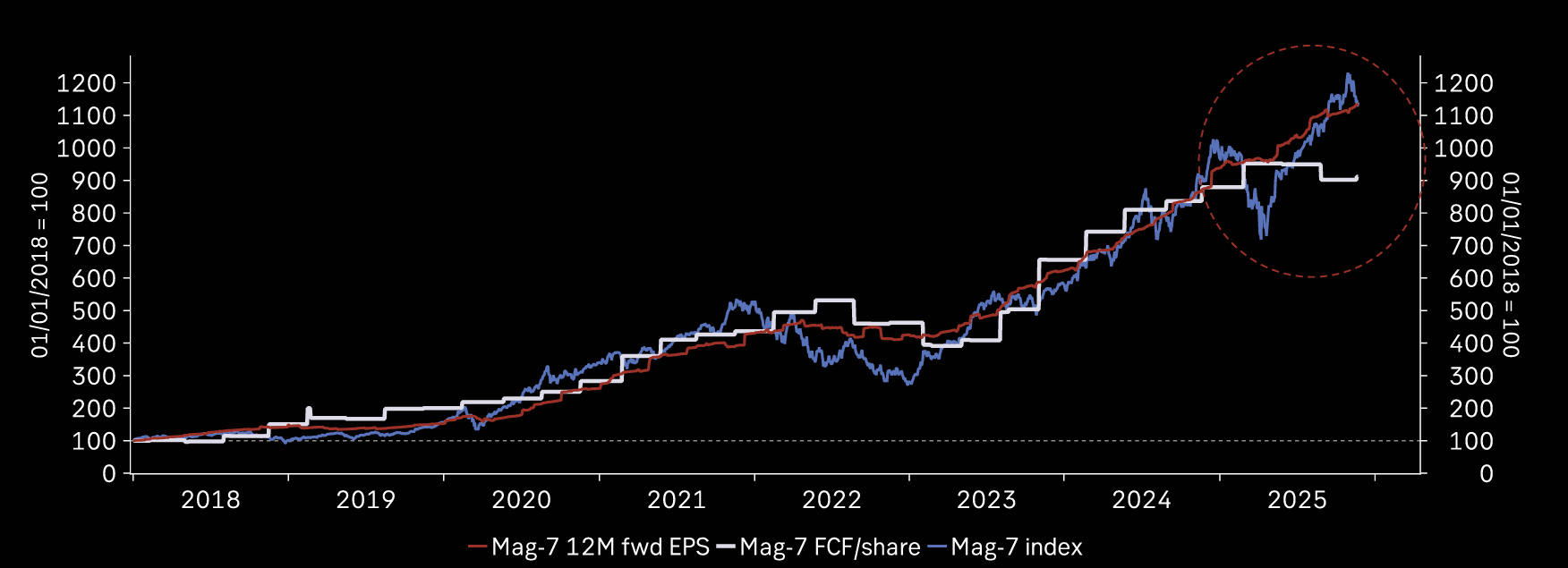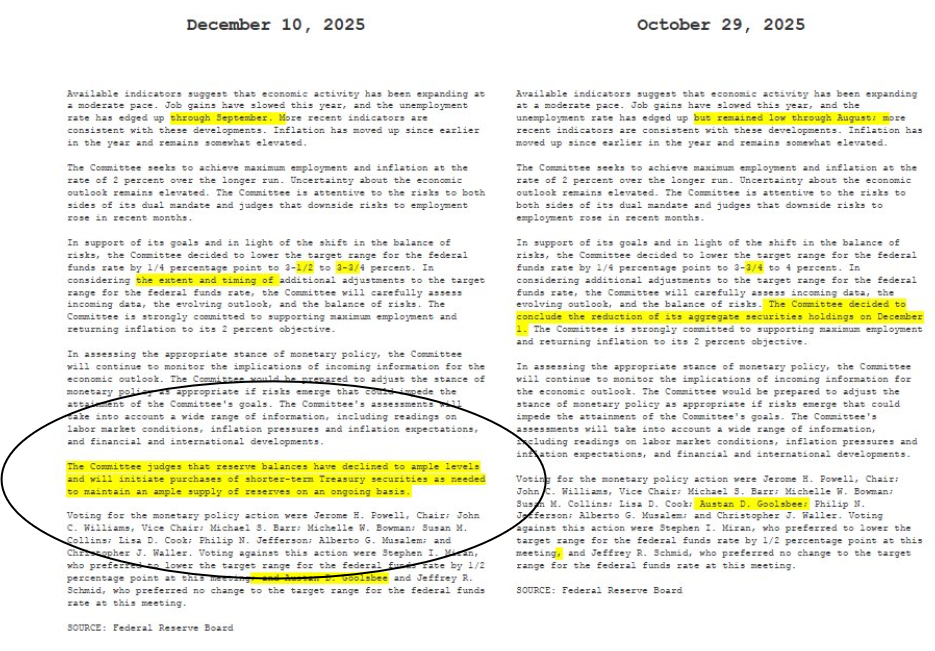The economist and social critic Glenn C. Loury has written a book sure to attract attention, but in what follows, I don’t propose to address what is likely to be the principal source of that attention. In Late Admissions: Confessions of a Black Conservative (W.W. Norton, 2024), Loury has offered an account of his life that reads like a romantic thriller. Readers in search of salacious gossip will find it in abundance. It transpires, for example, that both Loury and the Nobel-Prize-winning economist Thomas Schelling led “double lives.” At the risk of losing my readers’ interest, I’ll discuss a problem in the way Loury argues that is distressingly common nowadays.
Loury, I claim, is guilty of argument by fiat. In setting up a problem, he treats certain premises as axiomatic. These must be treated as constraints that cannot be challenged. He gives us an account of how the refusal of cabbies to pick up black passengers in New York City may be rationally motivated, rather than an expression of racism, that reprises the argument of his earlier The Anatomy of Racial Inequality (Harvard University Press, 2002). He says, “The color of the potential fare’s skin has nothing to do with their propensity to rob—dark skin doesn’t explain why young men rob cabbies—and yet it will have become a somewhat reliable indicator of a fare’s intent to do that.” Loury has excluded by fiat the view that one race can have an inherent propensity to criminal behavior. I hasten to add that I do not wish to argue that this view is correct but simply that it cannot be excluded by fiat.
Exactly the same problem is evident at much greater length in The Anatomy of Racial Inequality. He begins with a genuine problem: blacks in the United States lag behind whites in money, power, and social status. “Numerous indices of well-being—wages, unemployment rates, income and wealth levels, ability test scores, prison enrollment and crime victimization rates, health and mortality statistics—all reveal substantial racial disparities.” The disparities are not much in doubt, but like a good empiricist, Loury offers numerous charts and tables to document his statement.
Unfortunately, Loury’s stay in the world of facts is of short duration. When it comes to explaining the black-white gaps, facts make a quick exit. Our author first clears the deck of competing hypotheses to his own. By far the most politically incorrect of these is that of innate racial differences in intelligence or character traits; Richard Herrnstein and Charles Murray’s The Bell Curve is probably the best-known example of a work that adopts this view.
Loury dispatches this view by fiat. He tells us in axiom 2: “The enduring and pronounced social disadvantage of African Americans is not the result of any purportedly unequal innate human capacities of the ‘races.’ Rather, this disparity is a social artifact—a product of the peculiar history, culture and political economy of American society.” Surely this claim, whether true or not, is a contingent matter. Whether blacks are innately less intelligent than whites—or, for that matter, how Albanians compare with Basques—is prima facie not a matter to be settled by prescription. In these days of officially mandated anti-racism, I hasten to preclude a misunderstanding. I am not concerned to advocate any thesis about race. My point is purely one of method: one cannot settle controversial issues quite so easily as Loury imagines. One must admit, though, that Loury’s approach has its merits. Isn’t it convenient to deal with opponents in this way: “Any criticism of what I say is wrong”?
Racial differences, then, are out: What then explains the gaps? One possibility is that whites discriminate against blacks. By this, I mean that whites hold blacks consciously in contempt: an example of such discrimination is a “For Rent” sign that explicitly excludes blacks. Loury by no means rules out actions that stem from prejudice, but he claims that discrimination as a complete explanation of the gaps fails in its purpose. Discrimination against blacks has dramatically lessened in the recent past, yet the gaps persist.
Loury explains the point at issue succinctly: “Although the extent of overt racial discrimination against blacks has consciously declined over the last half-century, it seems to me equally obvious that racial injustice in U.S. social, economic, and political life persists, though less transparently so, and in ways that are more difficult to root out.”
He solves the problem of the gaps through other means. He appeals to a peculiarity in the ways cabbies perceive and classify blacks, rather than to an emotional aversion for them. In essence, he contends that cabbies expect blacks to behave in various undesirable ways. These expectations induce in cabbies certain reactive behavior, but these reactions by no means are founded on prejudice. Quite the contrary, the reactions display complete rationality—given the beliefs about blacks on which they are based.
An example will clarify Loury’s point:
Suppose automobile dealers think black buyers have higher reservation prices than whites—prices above which they will simply walk away rather than haggle further. On this belief, dealers will be tougher when bargaining with blacks, more reluctant to offer low prices, more eager to foist on them expensive accessories, and so on.
Here the actions of the dealers lead to worse results for black car buyers than for whites, but the actions stem not from hatred of blacks but rather from beliefs about how they act in the car market.
However, if these beliefs do not reflect virulent prejudice, aren’t they irrational? Haven’t car dealers adopted unfounded views about the behavior of their black customers? No, says Loury.
Now, given that such race-based behavior by dealers is common, blacks will come to expect tough dealer bargaining as the norm when they shop for cars . . . The typical black buyer may find it rational to accept a price rather than continue searching elsewhere, even though the typical white may reject that same price.
The dealers, then, expect blacks to be less willing to bargain than whites, and so they prove to be. Yet the situation is hardly satisfactory as it stands. The beliefs of the dealers play a crucial role in bringing about the situation they depict. If dealers did not expect their black customers to be easy marks, they would more readily bargain with them. If so, blacks would respond in a different way, and no disparity between blacks and whites would arise.
As matters stand, then, blacks have fallen victim to the bad effects of a self-confirming stereotype. The car market is but one of many examples of this malign mechanism: Loury sets forward ingenious examples of it, in fields ranging from taxi drivers’ pickups to professional-school admissions. He has accomplished a remarkable feat. He has solved the problem of the gaps, without having to bring in dubious claims of prejudice. Or has he?
Let us return to the car market. The passage quoted above, explaining how blacks are victimized, has attached to it a footnote number. One might expect the footnote to refer to data that support his account, but it does not. He offers no evidence for his view that black behavior is an artifact of a self-confirming stereotype. Here he is at any rate consistent. Nowhere in his book does Loury provide confirming evidence that his ingenious mechanism explains anything. At least he does not declare his view an axiom.
To his credit, Loury recognizes an objection to his analysis. Why do self-confirming stereotypes operate in so many instances to the disadvantage of blacks? His model assumes no initial group differences; rather, the expectations that groups have about blacks bring about the results they foresee. “If the racial markers are truly arbitrary, then why are the blacks so often on the short end of this process?”
Loury’s response brings back the prejudice that he has so far rejected. Blacks in the United States were once slaves, and “slaves are always profoundly dishonored persons.” Because of this dishonor, both blacks and whites tend to have negative expectations about blacks. Hence the objection fails. It is not at all anomalous that self-confirming stereotypes hurt blacks. Since everyone views slaves as dishonored, they hold unfavorable expectations about the present-day descendants of these slaves.
Our persistent question recurs. Let us grant Loury his assumption that slaves are seen as dishonorable. Why should this affect views of blacks many generations removed from slavery? Once more we must inquire of him what data support his account.
And once more Loury stands at the ready. A glance at axiom 3 answers our doubts: “An awareness of the racial ‘otherness’ of blacks is embedded in the social consciousness of the American nation owing to the historical fact of slavery and its aftermath. This inherited stigma even today exerts an inhibiting effect on the extent to which African Americans can realize their full potential.”
That is that. No need for evidence—to ask for proof is to show oneself ignorant of what an axiom is. Why waste further time? He can proceed apace to what I suspect is his real aim: a defense of affirmative action. Doesn’t justice demand that we exert ourselves to dissipate the stigma? Once blacks are entrenched in good positions, will not whites cease to hold negative expectations about them? If so, the cycle of self-confirming expectations will end, and all will be well.
Ironically, Loury says in Late Admissions: “But in my tacit assent to the idea that his [Charles Murray’s] or any other investigation into connections between genetics, intelligence, and race is a prori racist, I was just plain wrong. These are legitimate questions and we are just beginning to grapple with them.” The admission does not seem to have affected Loury’s reiteration of the cabbie argument. Perhaps he has not noticed the problem.
Full story here Are you the author? Previous post See more for Next postTags: Featured,newsletter








































